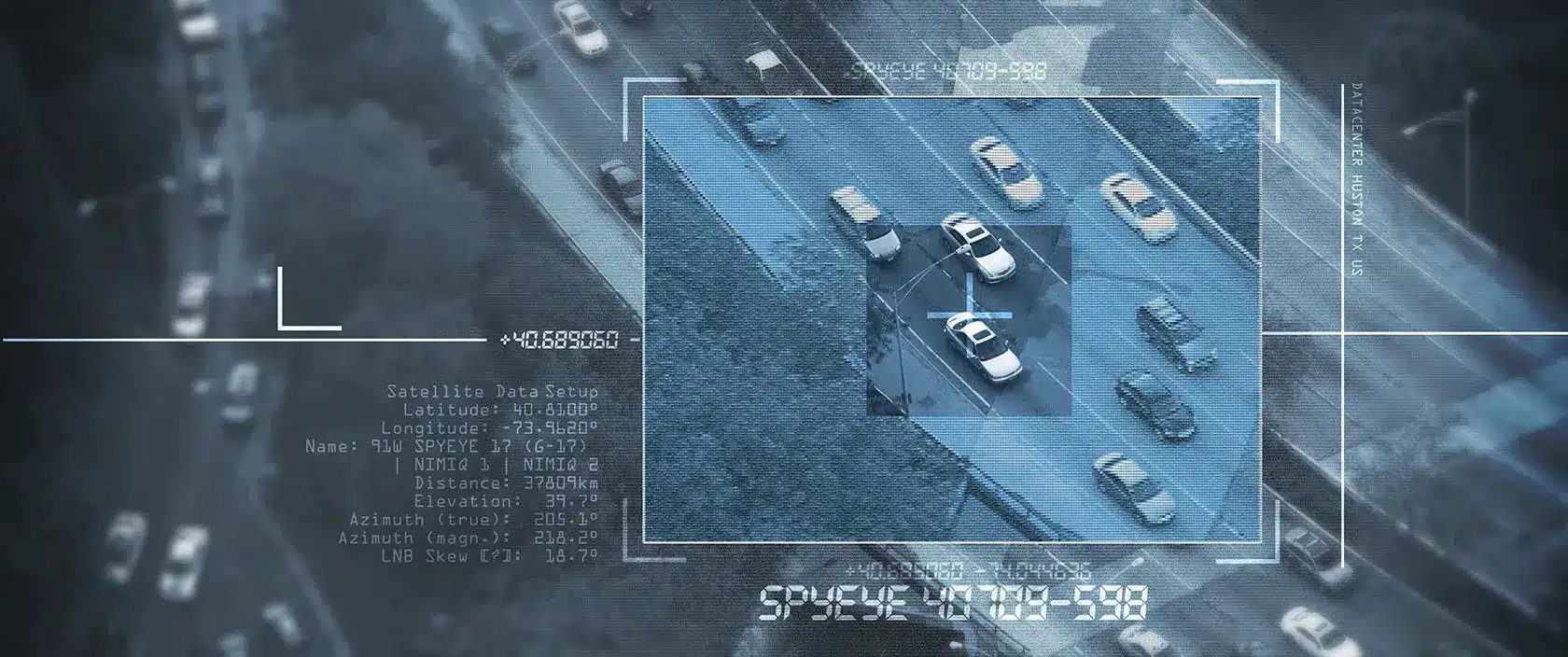Despite the preparation to end the COVID-19 emergency declaration, there are still remnants of the pandemic that affect industry and construction security. While everyone is tired of hearing about the supply chain snarls, it continues to be a problem for the industry. Add inflation to that and it means higher costs in construction projects. As if those aren’t enough, the industry continues to contend with a labor shortage.
One thing has not changed. That is the need for construction security. The National Equipment Register Equipment Theft Report shows that large construction equipment theft costs between $300 million and $1 billion. Additionally, NER reports that 75% of stolen construction materials and equipment are never recovered.
Therefore, construction sites remain vulnerable to theft, vandalism, and trespassing. Between inflation and the high costs of materials, theft needs to be prevented. That’s why it’s crucial for companies to be proactive in deterring theft.
In addition to that, companies have a responsibility to ensure the safety of their workers and everyone who visits the site. The right construction security technology can help with this too. Here are eight things construction security requires in 2023 in order to protect the integrity of the site, especially its assets and people. As you read through these security options, you’ll see a lot of overlaps.
1. Construction Site Planning
An organized construction site can make all the difference to security. Construction site planning looks at the potential security threats and vulnerabilities of the site. This information will help you close any security gaps.
A good example of this is to attempt to minimize the number of access points. If you’re able to add fencing around the perimeter, you can configure it to try to limit the entry and exit points. This lowers the risk of unauthorized access. A site plan looks for the most efficient and secure way to store equipment and materials.
Here are the main benefits of an organized construction site:
- Ensures equipment safely and quickly moves around the site.
- Avoids barriers that would block materials and equipment.
- Optimizes the safe storage of materials.
- Shortens distances for moving material and equipment.
- Ensures foot and equipment traffic remains separate and safe.
When you have a construction site plan, it will come in handy with the other security recommendations such as installing video surveillance cameras in the best locations for the widest coverage possible. The plan also helps boost perimeter security.
2. Construction Security Risk Assessment
Another essential piece of construction security is a security risk assessment. It’s a formal process for the identification of potential security weaknesses and documenting a plan to mitigate those risks. Business information modeling (BIM) can help with this.
The risk assessment describes how people should respond to security problems, emergency incidents, and natural disasters. These are also addressed in training. In addition to developing a risk management plan, it is important to regularly review and revise it to keep it current. It should be reviewed at least once a year.
3. Perimeter Security
Perimeter security means putting a system in place to safeguard everything within the boundaries of a construction site. The most effective way to augment security is to have multiple layers. As previously mentioned, adding a fence or a wall can help a lot in decreasing the risk of unauthorized access.
4. Cybersecurity
One of the growing concerns in construction is cybersecurity. Risk and Insurance references a recent Forrester survey, which has found that more than 75% of its respondents had experienced a cyber-incident within the last 12 months. Moreover, the Cost of a Data Breach Report from IBM shows the highest average cost of a breach at $4.24 million in 2021.
The industry relies on more technology that touches almost every role of a construction project. It demands construction companies take steps to make sure their technologies are fortified. They need a cybersecurity plan that outlines how they will prevent unauthorized access. The plan needs to emphasize all software remains up to date and that they install security patches quickly.
Don’t forget to secure physical devices such as smartphones, laptops, robots, drones, and the Internet of Things (IoT). Take advantage of data encryption and verify they have remote wipe capabilities. Train the team on the importance of using strong passwords and two-factor authentication. To bolster construction security, consider converging physical and cyber security.
5. Building Information Modeling (BIM)
The growing use of building information modeling (BIM) is driving the need for greater cybersecurity. BIM has the ability to visualize and plan the construction process. One of the things it can do is improve construction site security.
In creating a detailed model of the construction site, BIM can visually show the location of equipment and materials as well as the locations of security cameras and access control systems.
It can identify potential security weaknesses before anyone starts working on the construction site. BIM allows the team to make modifications to improve security. The model can be updated in real-time.
BIM is a technology with a lot of sensitive information about the project. It justifies the need to create and implement an effective cybersecurity plan. The best construction security integrates all these components to secure the site.
6. Training and Education
Processes and technology can only do so much. People are always the weakest link in security. Any mistakes they make can open the door to theft and vandalism. The best way to close the gap is with security training and education.
Everyone involved with the construction project should undergo training. All new employees get training when they start. The training will typically cover security measures, how to identify potential security threats, how to use access control systems, and how to handle security incidents. Don’t forget about emergencies. Workers need to know what to do in case of an emergency or natural disaster.
7. Remote Video Surveillance
The use of video surveillance has exploded in many industries including construction. The technology has come a long way from the days of blurry video and local recordings. The systems integrate with software and other technologies like an access control system and cloud storage.
Security cameras that aren’t watched or have integrated analytics can be a liability risk. These provide a false sense of security as personnel may think someone is watching them on camera. That’s why it’s critical to incorporate remote monitoring that consists of human intelligence and video analytics. These turn video surveillance into a proactive security measure.
The advantage security cameras with monitoring have over older and traditional security systems is that it puts multiple eyes on your entire construction site at once. The pairing of trained monitoring operators and video analytics highly increases the chances of catching a potential problem before anything happens.
Most security technologies only contain one layer of security. Remote video surveillance comes with built-in layers. The visibility of the cameras alone can deter some criminals. A UNC Charlotte study has learned that more than 80% of crooks look for visible security like an alarm or video surveillance before breaking in. Unfortunately, brazen thieves and organized crime rings don’t let it stop them.
First, know that the trained monitoring operators aren’t on the construction site. They watch the cameras from a remote location. It can be tedious to observe hours of video. Video analytics lightens the human monitor’s workload. Analytics has the ability to spot something humans may miss. And humans know better how to respond to the incident.
The monitoring operators have multiple ways they can respond to a scenario. One option is to use an on-site speaker to communicate to the intruders. Another is to call emergency personnel and report what is happening. Even between the hardware and monitoring services, many Stealth Monitoring clients achieve an ROI within four months.
The Need to Bolster Construction Security for 2023
Construction companies are responsible for everyone’s safety on the jobsite. They also need to add extra measures to deter the theft of expensive and hard-to-replace materials and equipment. The cost of not having a strong construction security process can put people’s lives at risk as criminals have grown more violent and dangerous.
To learn more about construction security, check out the construction security and safety best practices guide. This guide discusses industry challenges and solutions. If you’d like to learn more, feel free to contact us.
Texas Private Security License Number: B14187.




